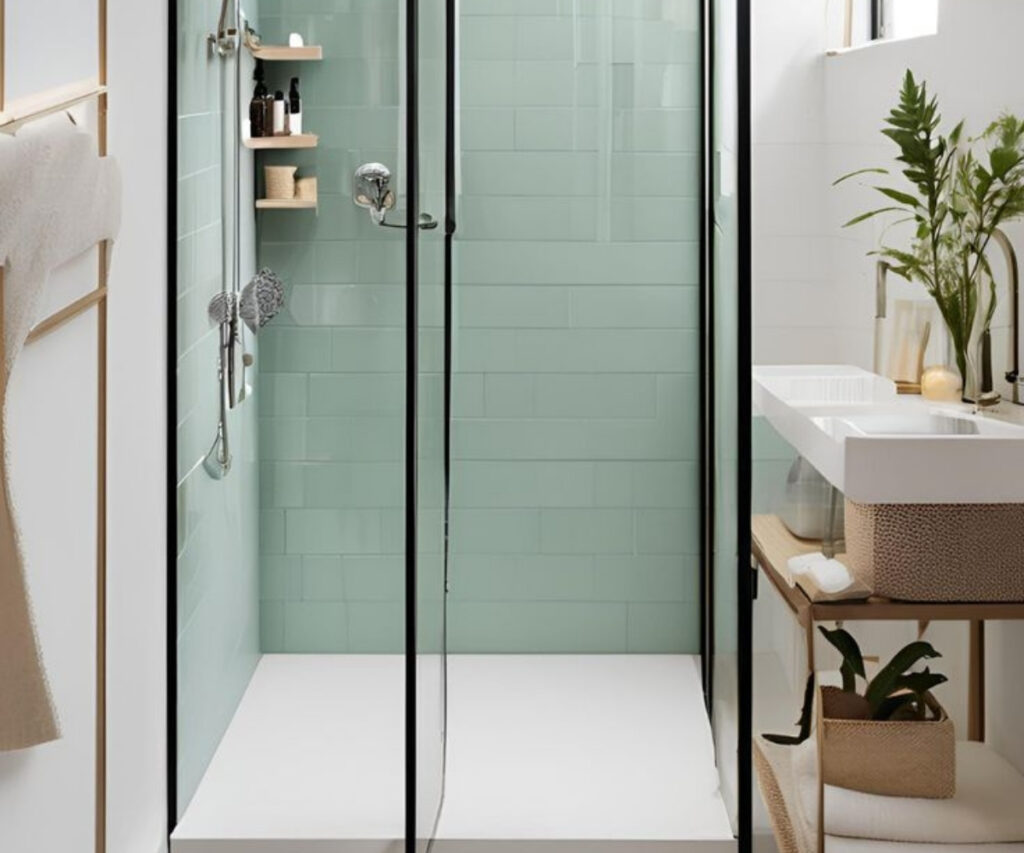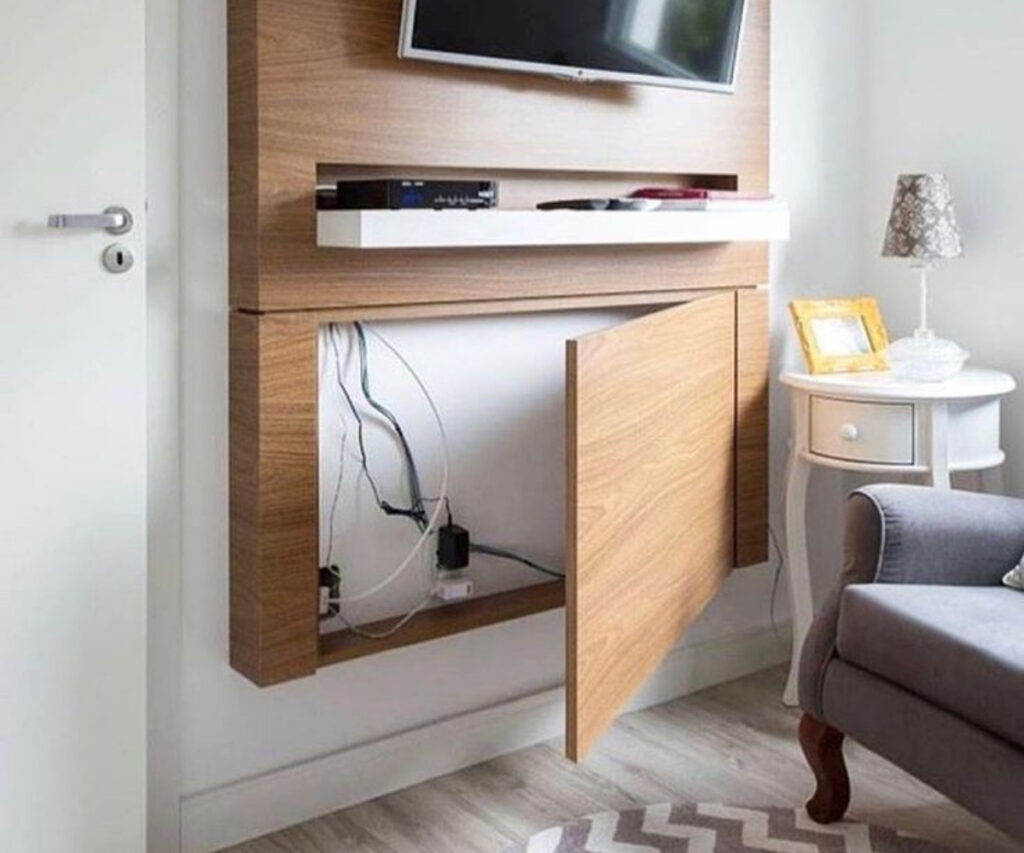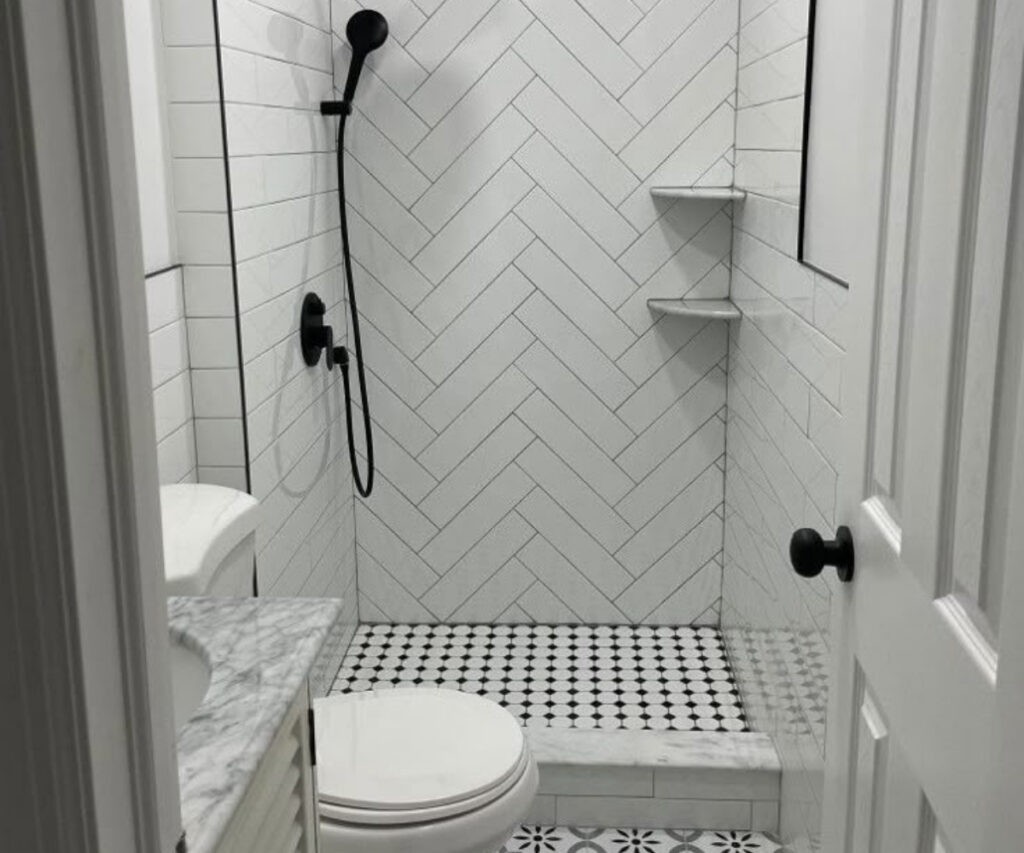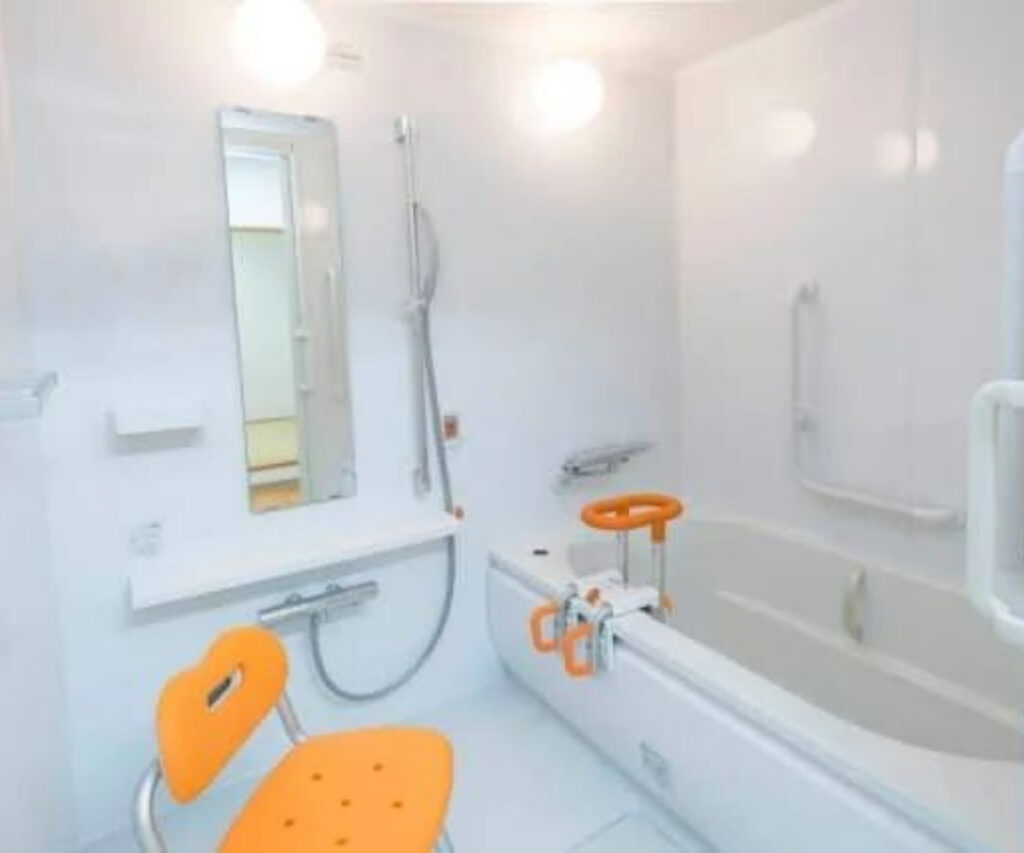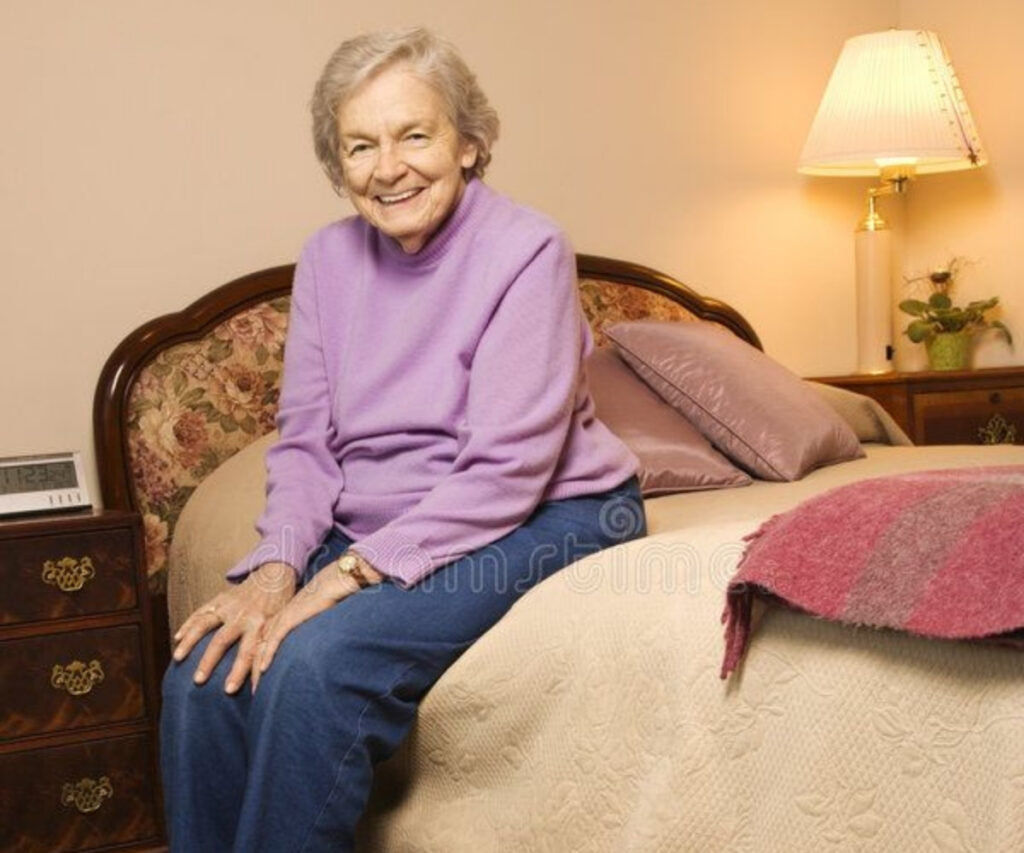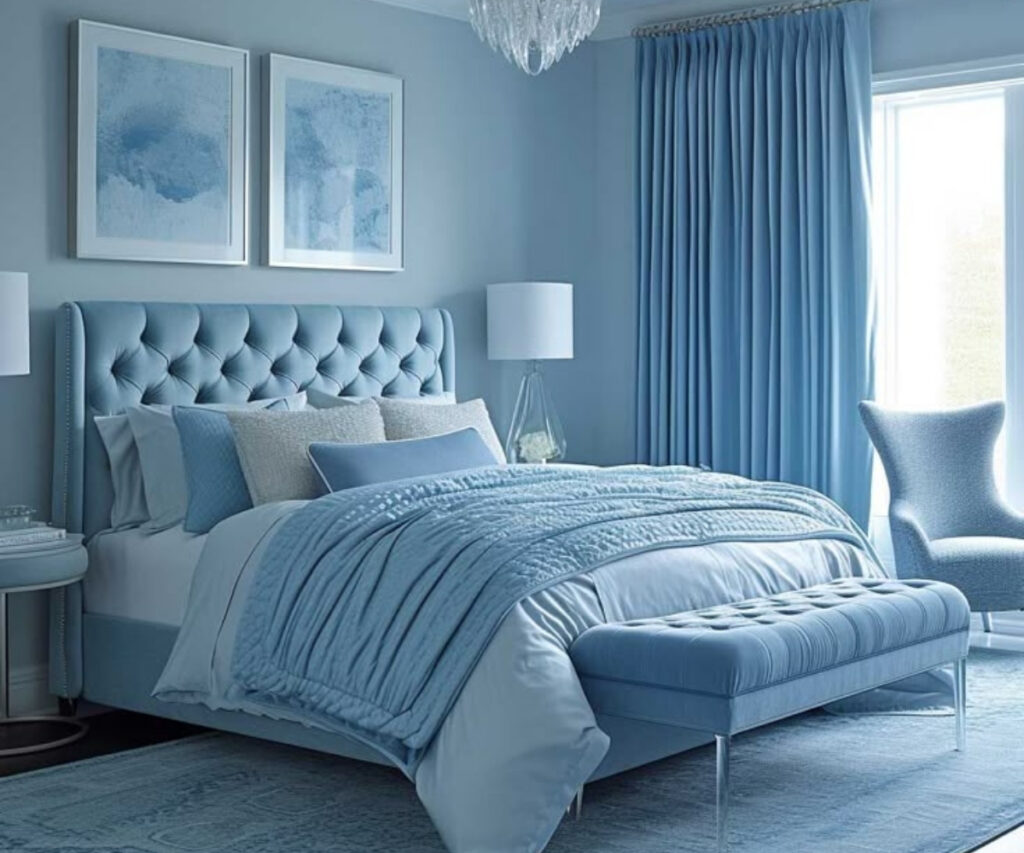Smart Bathroom Storage & Shower Partition Ideas for Small and Stylish Spaces
Smart and Stylish Solutions for Bathroom Storage and Shower Partitions Designing a functional and stylish bathroom can be challenging, especially with limited space and lighting. However, with a mix of creativity and smart planning, you can transform your bathroom into an organized, elegant, and efficient space. Here are some clever storage ideas and partition solutions to make the most of your bathroom: 1. Use Glass Shower Partitions for a Spacious Look Installing a glass partition around the shower area instantly makes a bathroom appear larger and brighter. It prevents water from splashing across the floor and helps in better light reflection, creating an open and airy feel. Opt for high-quality, tempered safety glass for durability and safety. 2. Affordable Style with a Shower Curtain If you’re working with a tight budget, a shower curtain is a practical and versatile option. Use a stainless steel rod and choose from a variety of curtain styles—plain, printed, or transparent. The best part? You can change them anytime for a fresh look, unlike permanent partitions. 3. Artistic Vibe with Fretwork Screens Add a creative twist to your bathroom with a decorative fretwork screen. These semi-transparent partitions provide a touch of privacy without blocking natural light, and they double as a unique design element. 4. Maximize Under-Counter Storage The area around the wash counter is perfect for efficient storage. Install compact cabinets both below and above the sink. Consider mirrored cabinet doors—they save wall space and are ideal for storing toiletries and grooming essentials discreetly. 5. Corner Racks for Compact Utility Small side racks or corner shelves are great for holding hand towels, accessories, or daily-use items. Placing them near the sink or in corners helps optimize space without crowding the area. Go for modular units that fit your space and storage needs. 6. Vertical & Corner Storage Units Tall vertical units or sleek corner shelves help keep clutter at bay while utilizing underused spaces. These can be used to store extra towels, cleaning supplies, or bathroom essentials. Match the colors and materials with the overall bathroom design for a seamless look. 7. Multifunctional Furniture for Small Spaces Choose compact, multifunctional furniture like foldable cabinets or adjustable side tables. These pieces offer flexible storage without overwhelming the space. Modular and convertible furniture items are perfect for modern, space-conscious homes. 8. Make Use of the Windowsill Turn the windowsill into a mini shelf for items like soap, toothbrushes, or decorative elements such as potted plants or candles. It adds charm and keeps essentials within easy reach. 9. Floor-to-Ceiling Cabinets for Maximum Storage For larger storage needs, consider installing a tall, single cabinet that stretches from the floor to the ceiling. It minimizes the need for multiple furniture pieces and helps keep everything—from linens to toiletries—organized in one spot. Conclusion A well-organized bathroom isn’t just about looks—it’s about smart usage of space. Whether you’re working with a small layout or simply want a cleaner, more efficient design, incorporating these partition and storage ideas can make a huge difference. By using thoughtful storage solutions and minimalist dividers, you can enhance both functionality and aesthetics in your bathroom.

